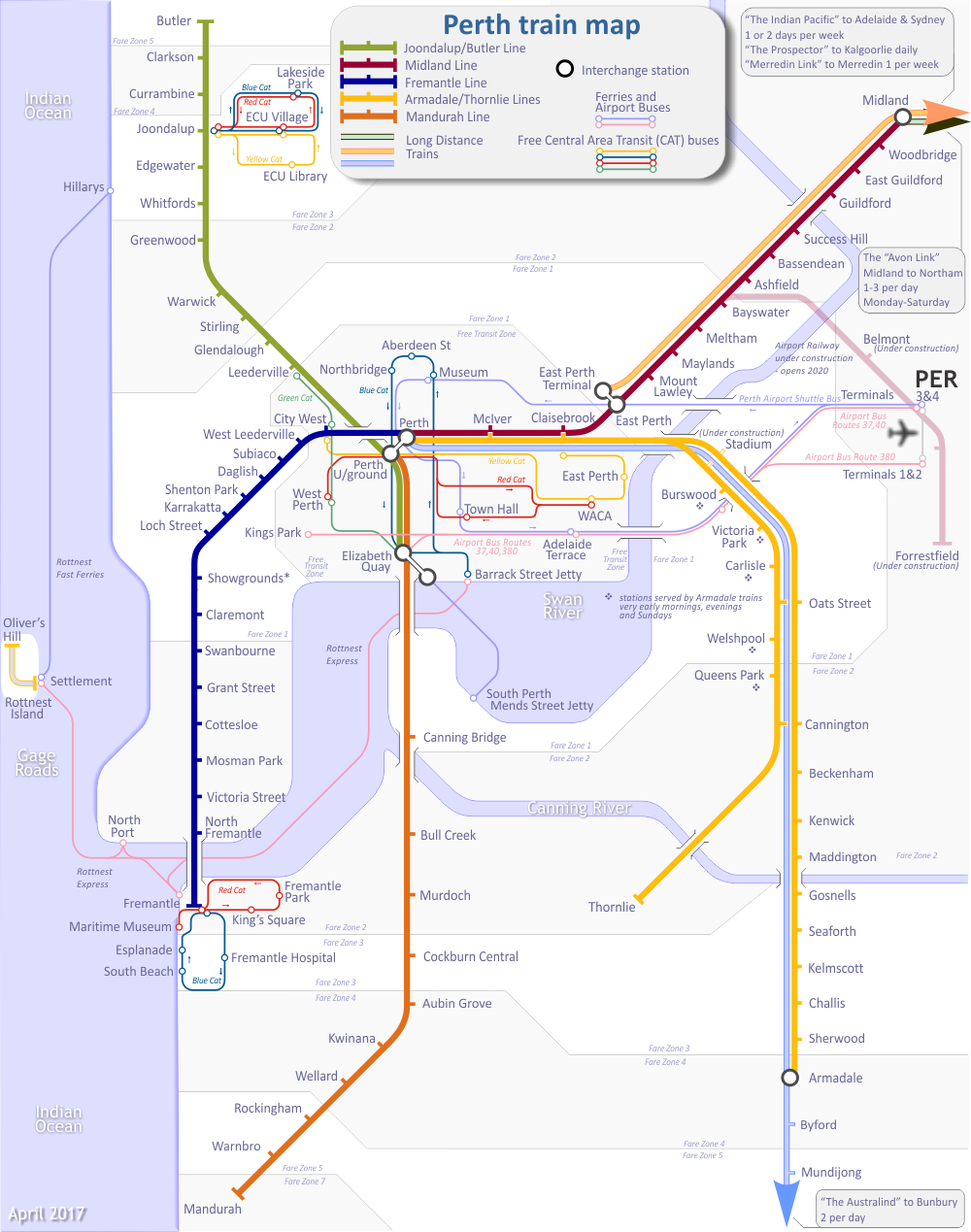S
spmarshall
Guest
Re: S-bahns
I'd be careful with the pro-roads stance. You might be driven out of here either by a barrage of evidence proving roads do not solve gridlock, or a chorus of laughter.
That said, strategic road infrastructure changes - such as poor road design (ie 401 through 427 and Dixon Road that was partially fixed 1-2 years ago), may help. Same with HOT - High Occupancy Tolling lanes.
I favour buses, light rail, subways and regional rail. Also the redesignation of existing infrastructure (not widening disguised with HOV-lane greenwash) for HOVs, buses, and on a local level, bicycles.
I'd be careful with the pro-roads stance. You might be driven out of here either by a barrage of evidence proving roads do not solve gridlock, or a chorus of laughter.
That said, strategic road infrastructure changes - such as poor road design (ie 401 through 427 and Dixon Road that was partially fixed 1-2 years ago), may help. Same with HOT - High Occupancy Tolling lanes.
I favour buses, light rail, subways and regional rail. Also the redesignation of existing infrastructure (not widening disguised with HOV-lane greenwash) for HOVs, buses, and on a local level, bicycles.





